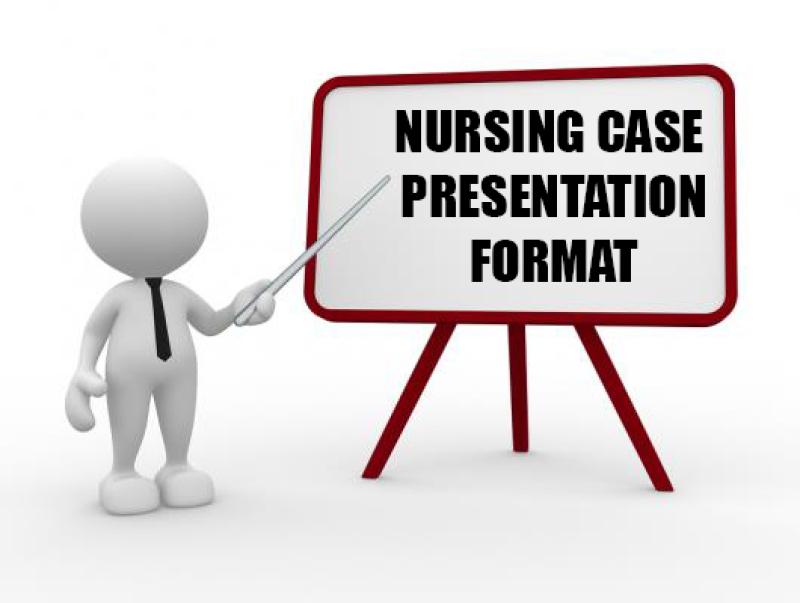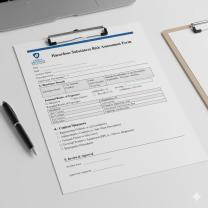How much should I memorize for a case presentation?
The amount you should memorize for a case presentation depends on several factors, including the nature of the presentation, your audience, and the expectations of the setting. Here are some general guidelines to help you determine the right amount to memorize:
1. Know Your Audience:
- Consider who your audience is and their level of familiarity with the topic. If presenting to experts in the field, you might need to provide more in-depth information. If presenting to a general audience, focus on key points and avoid excessive technical details.
2. Understand the Purpose:
- Clarify the purpose of your case presentation. Are you providing an overview, making a persuasive argument, or seeking feedback? The purpose will influence the amount of detail you need to memorize.
3. Focus on Key Points:
- Identify the key points that must be conveyed. Memorize essential facts, statistics, and critical elements of your presentation. This ensures that you can communicate the core message even if you forget some details.
4. Use Visual Aids:
- If appropriate, create visual aids such as slides, charts, or graphs. Visual aids can serve as memory prompts and help the audience understand complex information. Memorize the key points associated with each visual.
5. Practice, Don't Memorize Every Word:
- While it's essential to be well-prepared, avoid memorizing your presentation word-for-word. This can make you sound rehearsed and less engaging. Instead, focus on the flow of your ideas and the key information.
6. Be Flexible:
- Memorize the structure and key content, but allow for flexibility in your delivery. You may encounter unexpected questions or need to adjust your presentation based on audience reactions.
7. Know Your Material Well:
- The more familiar you are with the material, the more confident you'll be during the presentation. Understand the concepts thoroughly so that even if you forget a specific detail, you can discuss the topic with confidence.
8. Consider Time Constraints:
- Be mindful of time constraints. If there is a limited time for your presentation, focus on the most critical information. Ensure that your key messages are conveyed within the allocated time.
9. Seek Feedback:
- Practice your presentation in front of peers or mentors and seek feedback. This can help you identify areas that need improvement and ensure you're emphasizing the right details.
10. Manage Nervousness:
- Nervousness can affect memory. Practice relaxation techniques and maintain a positive mindset to enhance your ability to recall information during the presentation.
In summary, the right amount to memorize depends on the context and goals of your case presentation. Focus on key points, understand your audience, and aim for a balanced approach that allows for flexibility and engagement.
What key information should be memorized for a successful case presentation?
A successful case presentation requires a balance of memorization and understanding. While it is important to memorize key facts and details, it is equally important to have a deep understanding of the case and be able to communicate it effectively to the audience.
Here is a list of key information that presenters should aim to memorize:
- Patient's demographics: Age, gender, ethnicity, occupation, medical history, family history, social history
- Chief complaint: The main reason the patient sought medical attention
- History of present illness: A detailed description of the patient's symptoms, including when they started, how they have progressed, and any aggravating or relieving factors
- Physical examination findings: Relevant findings from the physical examination, including vital signs, head-to-toe examination, and any relevant special tests
- Laboratory and imaging results: Important laboratory and imaging results that are pertinent to the case
- Diagnosis: The suspected or confirmed diagnosis
- Treatment plan: The proposed or actual treatment plan
- Prognosis: The expected outcome of the case
How do experts prioritize information to memorize for a case presentation?
Experts prioritize information to memorize for a case presentation by considering the following factors:
- The importance of the information to the case: Some information is more important than others, and experts will focus on memorizing the most critical details.
- The likelihood of being asked about the information: Experts are also more likely to memorize information that they are likely to be asked about during the presentation.
- Their own learning style: Some experts prefer to memorize information by rote, while others prefer to understand the information first and then memorize it.
Are there strategies or mnemonic devices to aid in memorizing case details?
Yes, there are a number of strategies and mnemonic devices that can aid in memorizing case details. These include:
- Create a timeline: This can help to organize the events of the case in a chronological order.
- Use acronyms or visual aids: These can help to remember key facts and figures.
- Practice active recall: This involves trying to remember information without the aid of notes or other cues.
- Teach the material to someone else: This is a great way to test your understanding of the material and to identify any gaps in your knowledge.
What role does understanding versus memorization play in delivering a case presentation effectively?
Understanding the case is essential for delivering a case presentation effectively. This is because it allows the presenter to communicate the information in a clear, concise, and meaningful way. Without a deep understanding of the case, the presenter may be unable to answer questions from the audience or to explain the nuances of the case.
How do presenters balance memorization with spontaneity during a case presentation?
Presenters should aim to strike a balance between memorization and spontaneity during a case presentation. While it is important to memorize key facts and details, it is also important to be able to adapt to the situation and to respond to questions from the audience. This requires a deep understanding of the case and a willingness to go off-script when necessary.
Here are some tips for balancing memorization with spontaneity:
- Practice the presentation beforehand: This will help you to become more familiar with the material and to feel more confident during the presentation.
- Be prepared to answer questions: Think about the kinds of questions that you might be asked and prepare answers in advance.
- Don't be afraid to go off-script: If you feel the need to go off-script, don't be afraid to do so. Just make sure that you are able to stay on track and to deliver the key points of the presentation.












